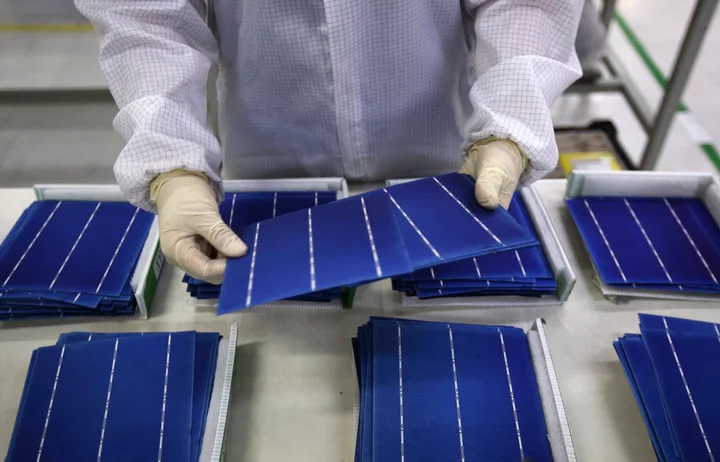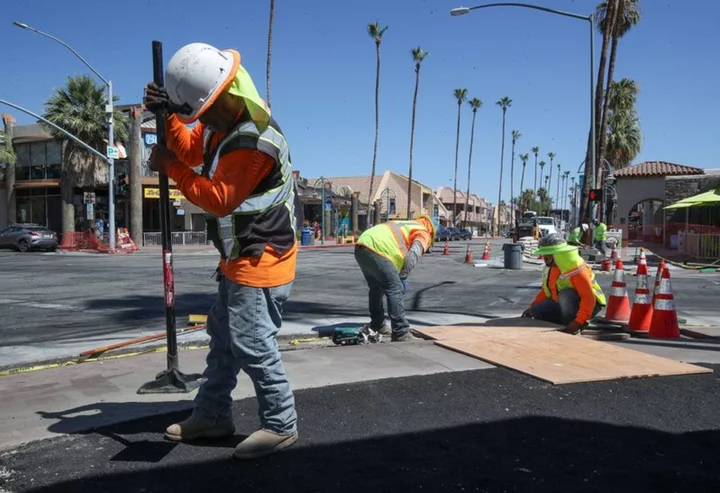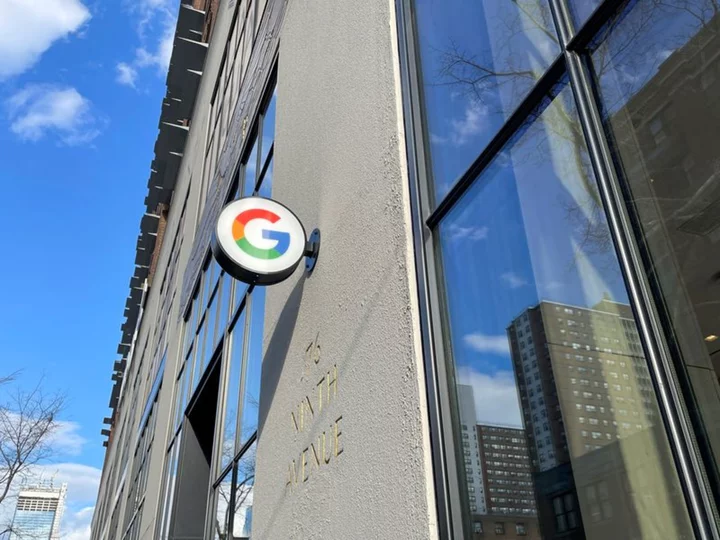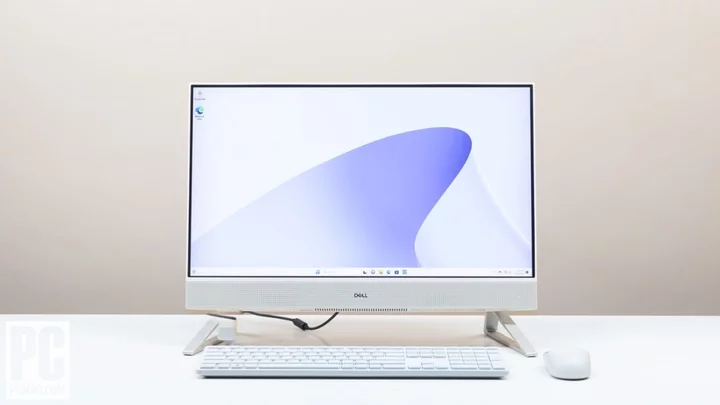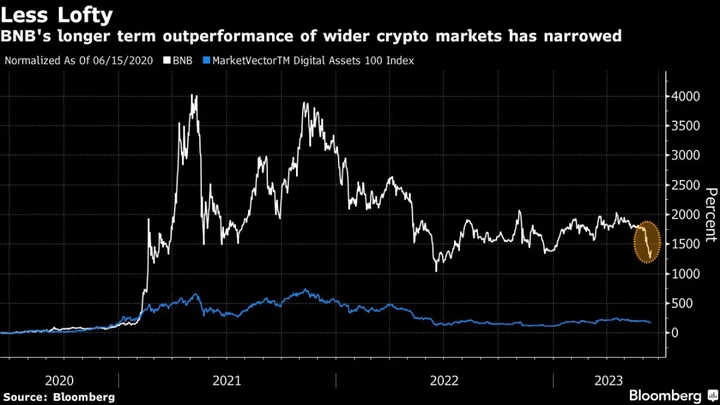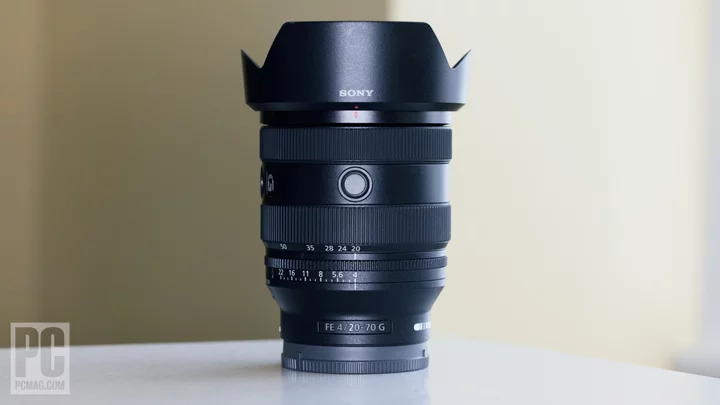US solar manufacturers are expected to revive their years-long campaign to kill an exemption that has allowed two-sided solar panels to avoid import tariffs.
The impetus: a decision from a federal appeals court that said US presidents have the authority to tighten some existing trade controls.
While Monday’s decision is a win for domestic panel makers that have sought protection from cheap Asian imports, it adds new uncertainty for renewable developers already grappling with high interest rates, oversupply and less generous subsidies in California, the biggest solar market.
The possibility that two-sided — or bifacial — panels “may again face unwarranted import tariffs simply adds another barrier to an already challenging economic environment for clean energy,” said Abigail Ross Hopper, president of the Solar Energy Industries Association. The Washington-based trade group joined solar developers including NextEra Energy Inc. and Invenergy Renewables LLC in trying to preserve the tariff exemption.
The spat over bifacial panels began after then-President Donald Trump imposed import tariffs on the gear in 2018 — and later approved an exemption for them. That decision infuriated domestic solar manufacturers, which argued it undermined their investments in stateside factories. The Trump administration sought to eliminate that exclusion in 2020, though lower courts blocked the move.
President Joe Biden extended the tariffs — as well as the exemption — last year. It’s not clear after this week’s court decision if he’d do an about-face. White House representatives didn’t immediately respond to a request for comment.
Ending the exclusion might be of little help for domestic solar manufacturers confronting cheap imports that have effectively erased most of the benefits from last year’s climate law, said Pol Lezcano, an analyst at BloombergNEF.
“The sentiment for most announced US factories is pretty grim right now as cheap imports are sending module prices plummeting,” he said. “Even if the Biden administration reintroduces the tariffs for bifacial panels, the duties will do very little to help US solar panel factories compete against best-in-class facilities in Asia.”
Author: Jennifer A. Dlouhy

